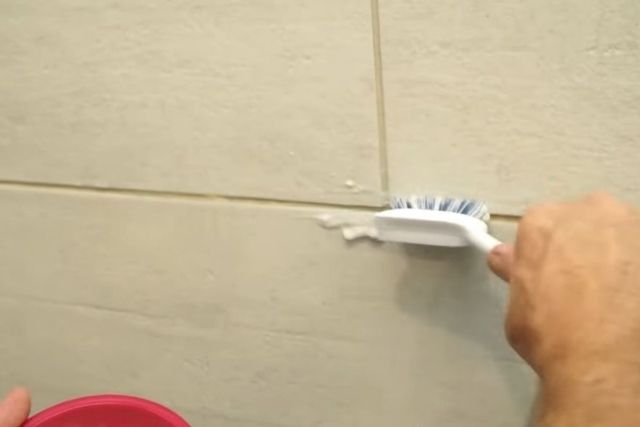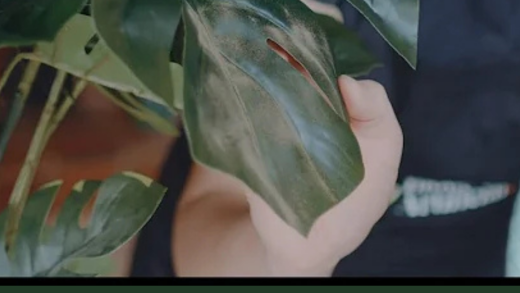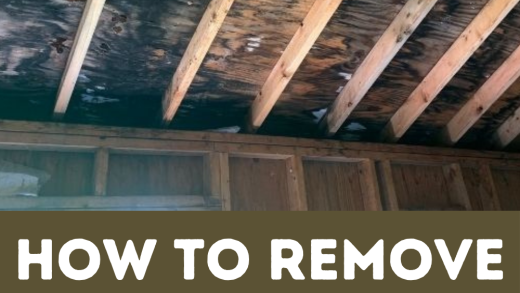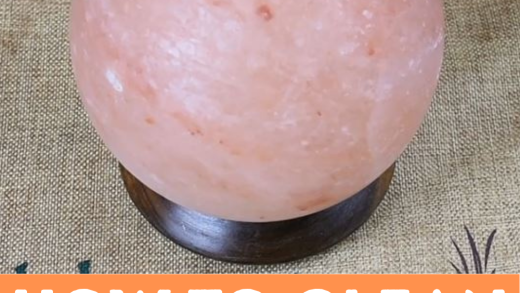It’s pretty surprising (and gross!) how much mold and mildew can develop in the tiny crevices of bathroom tile. Such a wet, humid environment can cause buildup, and it’s important to clean your bathroom tile frequently to avoid excessive mold growth. Below, we’ve asked the experts for their best tips and tricks for how to clean your bathroom tile to keep it sparkling and free of soap scum.

Considerations Before Getting Started
The most important thing to consider before getting started is to determine what type of tile you actually have in your bathroom. “Ceramic and porcelain can be cleaned with 50% lemon juice or white vinegar and 50% water,” explains cleaning expert Sabrina Fierman. “Marble or stone are easily damaged by acids, and will benefit from a marble or stone cleaner, or gentle soap (like Liquid Ivory or Palmolive) diluted with water.” In general, avoid abrasive cleaning agents for any tile as they can scratch surfaces. If you have multiple surfaces and are worried about acids getting too close to a stone or marble, Fierman suggests using soap and water only.
How Often To Clean Bathroom Tile
This will really depend on how much time you have. Sara San Angelo is a professional home cleaner and the founder of Confessions of a Cleaning Lady in Charleston, South Carolina, recommends cleaning your bathroom tile once a week if possible.
For most busy people, cleaning the tile once per month is more realistic. “For the guest bathroom that is not frequently used, once a quarter or before a guest arrives should be sufficient—whichever is more frequent,” explains Fierman. “It’s also great to clean the tile after your guests leave, as this way, you don’t have to worry when you have an unexpected visitor.”
In all cases, all bathroom tiles benefit if every user runs a squeegee over the tiles at the end of use. “There will be less soap scum build-up and less moisture to promote mold growth,” says Fierman.
What You Need
To clean bathroom tile along the walls:
- Gloves
Sponge
Rags
Toothbrush or small soft-bristled brush
Lemon juice, white vinegar, or gentle soap
Baking soda
Water
Squeegee
Spray bottle
To clean bathroom tile on the floor:
- Mop
Gentle dish detergent
Broom
Swiffer and dry pads
Bucket of water
How To Clean Bathroom Tile
To clean bathroom tile along the walls:
- First clean the grout. Apply a baking soda paste, or, for darker or stubborn stains, a paste of baking soda and white vinegar.
Leave for a few minutes and then brush with a toothbrush.
Note: Very old or poorly maintained grout can crumble, so tread carefully.
Rinse well.
For the tile, starting at the top where the tile meets the ceiling, spray or apply cleaner. You can use a do-it-yourself cleaner with 50% dish soap and 50% water, or 25% white vinegar, 25% lemon juice, and 50% water. Add these ingredients into a spray bottle to spray on the tile. Leave the solution on for a few minutes to loosen dirt and product build-up.
With a soft hand brush or sponge, loosen dirt in a circular motion, moving across the wall from one side to the other, then moving down one line of tile and across. A clear and consistent path means you will not miss or skip areas, but if there is heavy build-up, limescale, or hard water stains, you will need a lot of elbow grease.
Rinse with tepid water and a rag or sponge.
Dry with a squeegee and then dry rag.
Avoid leaving moisture behind as it will leave streaks or spots, and adds moisture to the environment, which encourages mold growth.
To clean bathroom tile on the floor:
- First, sweep the floor using a broom or a Swiffer.
Mix 1 to 2 tablespoons of dish detergent in a bucket of water.
Use a mop to wipe the tile on the floor.
Go over the floor again with a dry pad on the Swiffer to dry the floor tile, so that it doesn’t get moldy.
Tips for Cleaning Bathroom Tile
There are a few things to keep in mind when cleaning your bathroom tile. “Hydrogen peroxide can be used for tougher stains by making a paste with it and baking soda, and a little bit of dish soap,” suggests Fierman. “Apply and leave on the stain for five minutes before scrubbing with a gentle brush.” Do not use on stone and do a spot check for color safety on other materials.
Fierman also suggests avoiding bleach. If using for very stubborn stains, use Oxy Bleach powder, which will be gentler and less destructive. Also, make sure to increase ventilation in the bathroom when cleaning.
“An ounce of prevention is worth a pound of cure,” explains Fierman. “We also advise clients to re-seal grout every six months—the sealant wears off over time, leaving grout more impervious to moisture and mold.” Stone tiles should also be sealed regularly with appropriate stone sealer for that type of stone.


